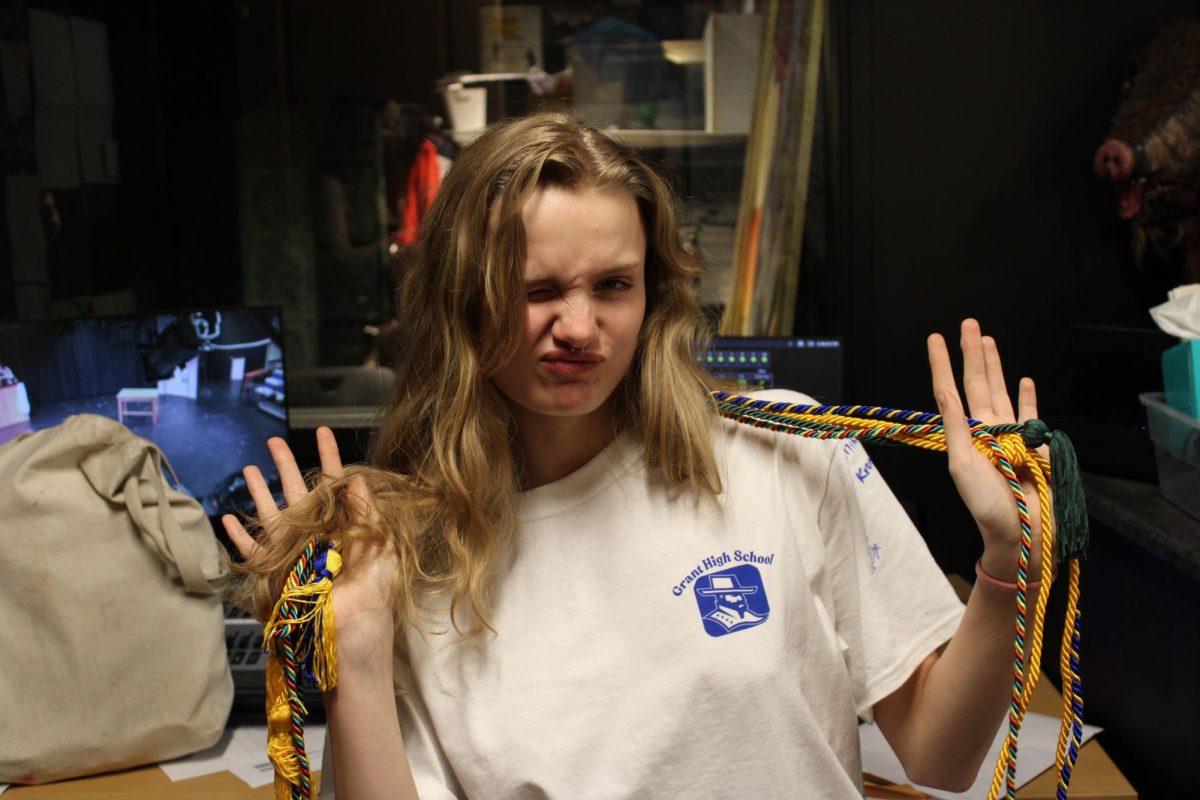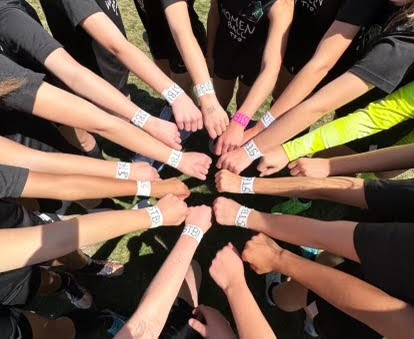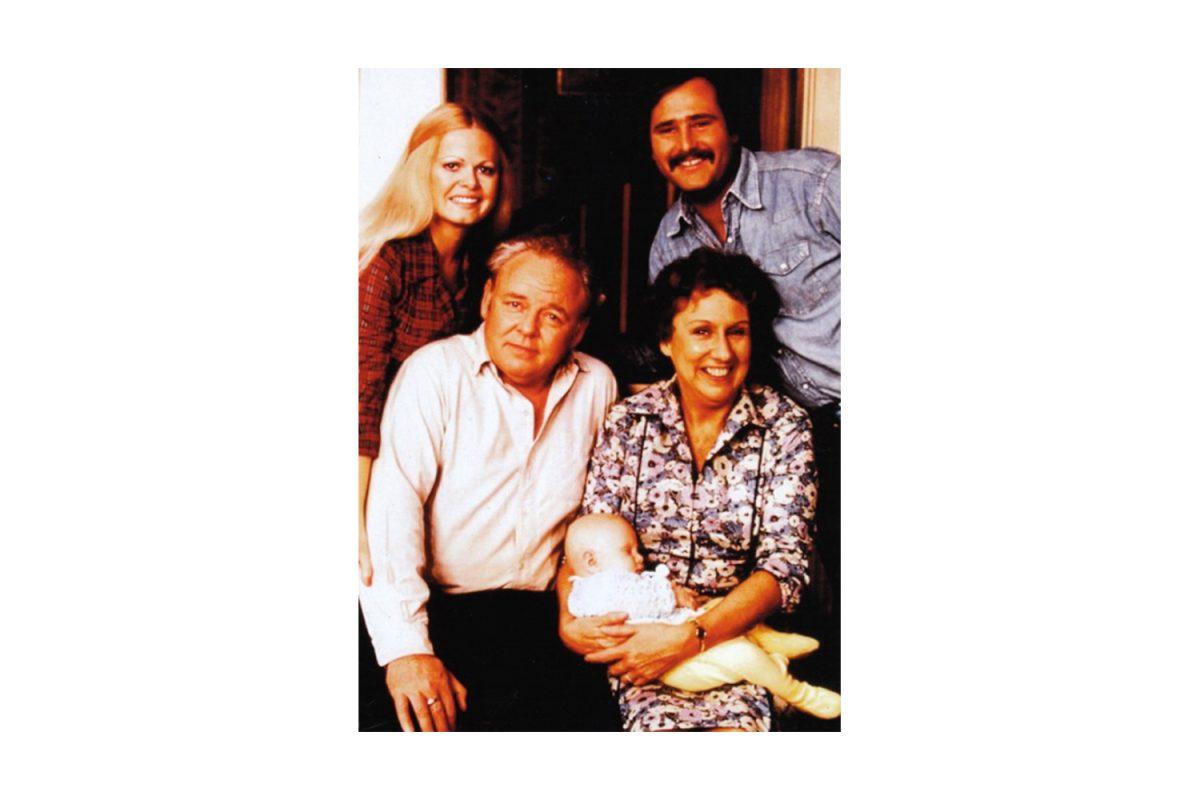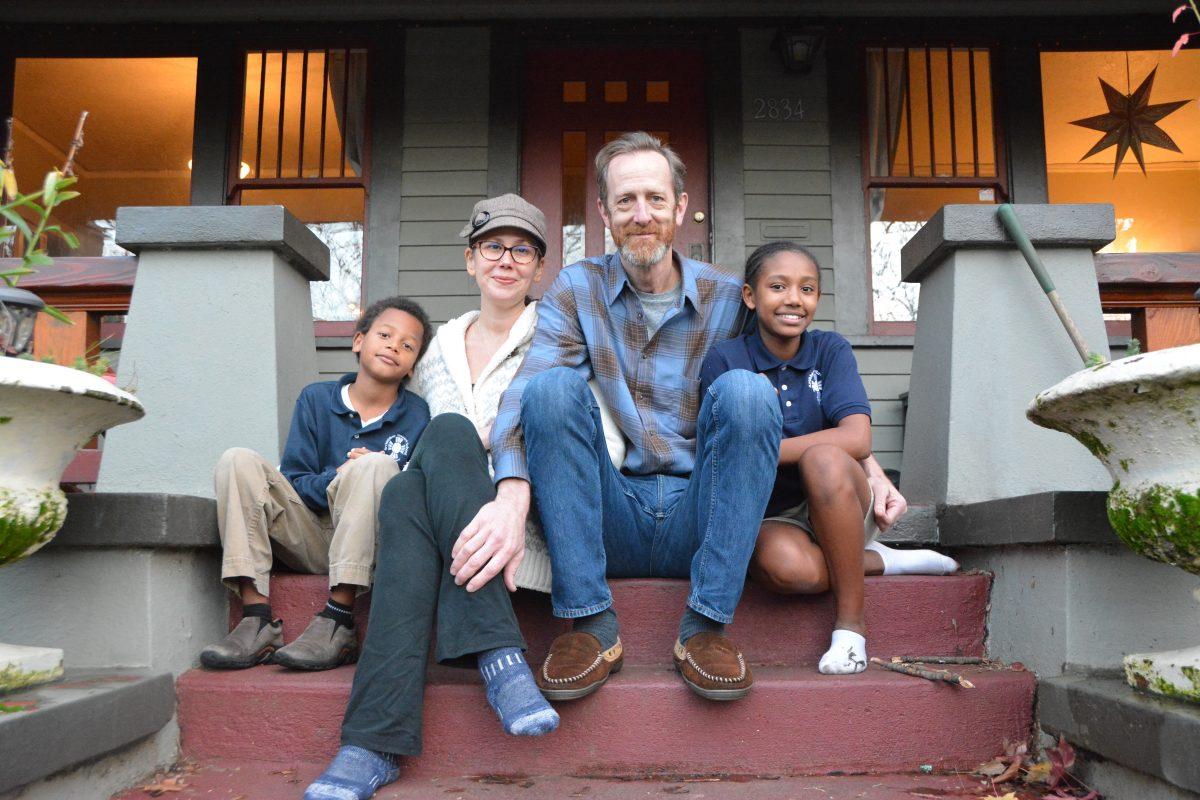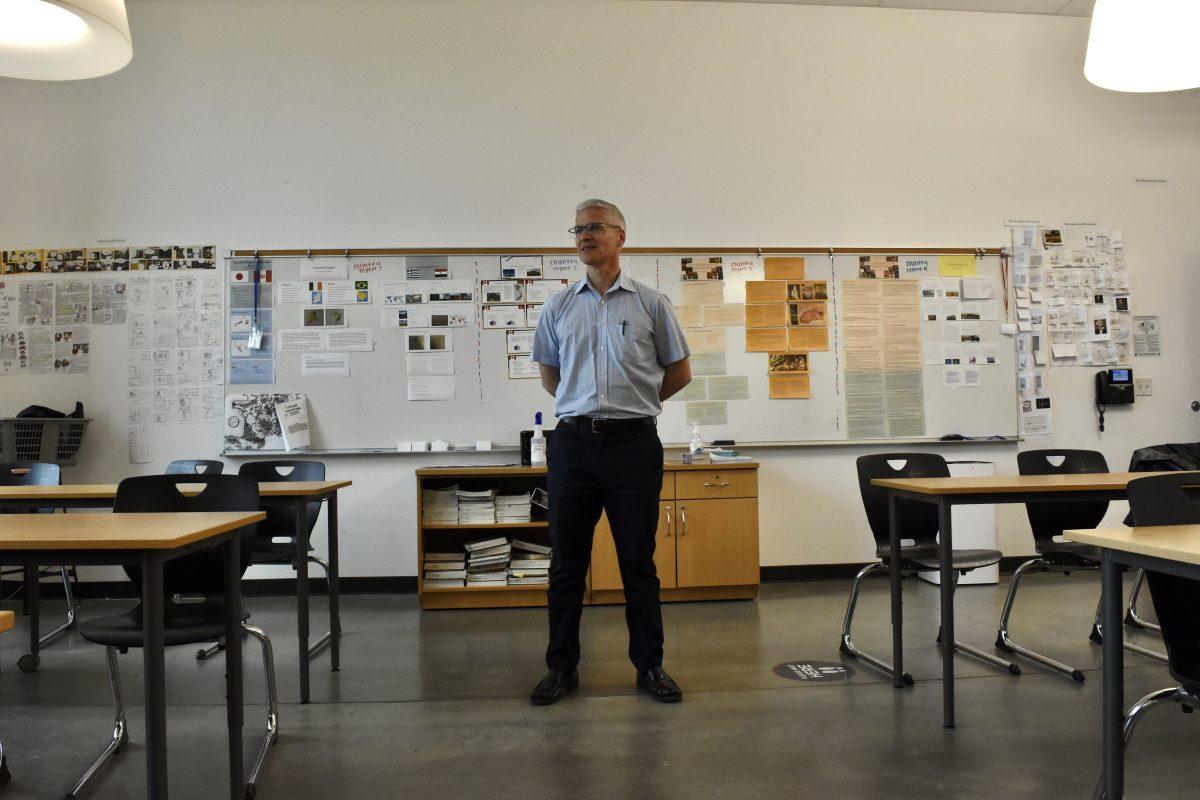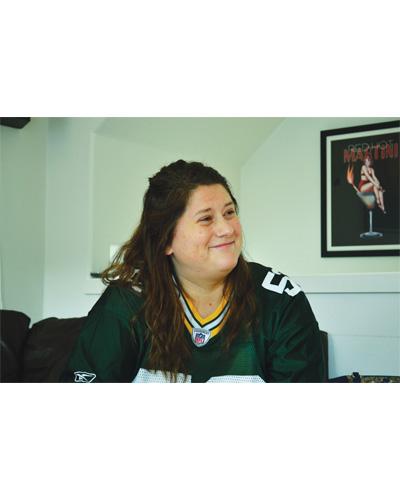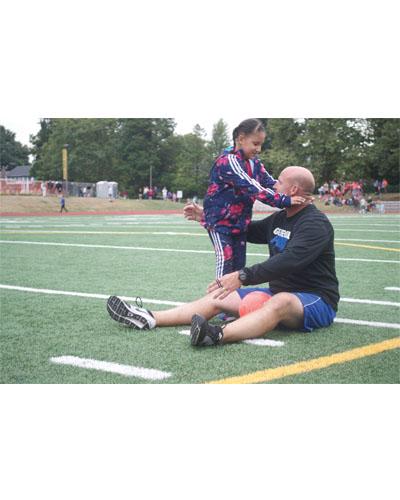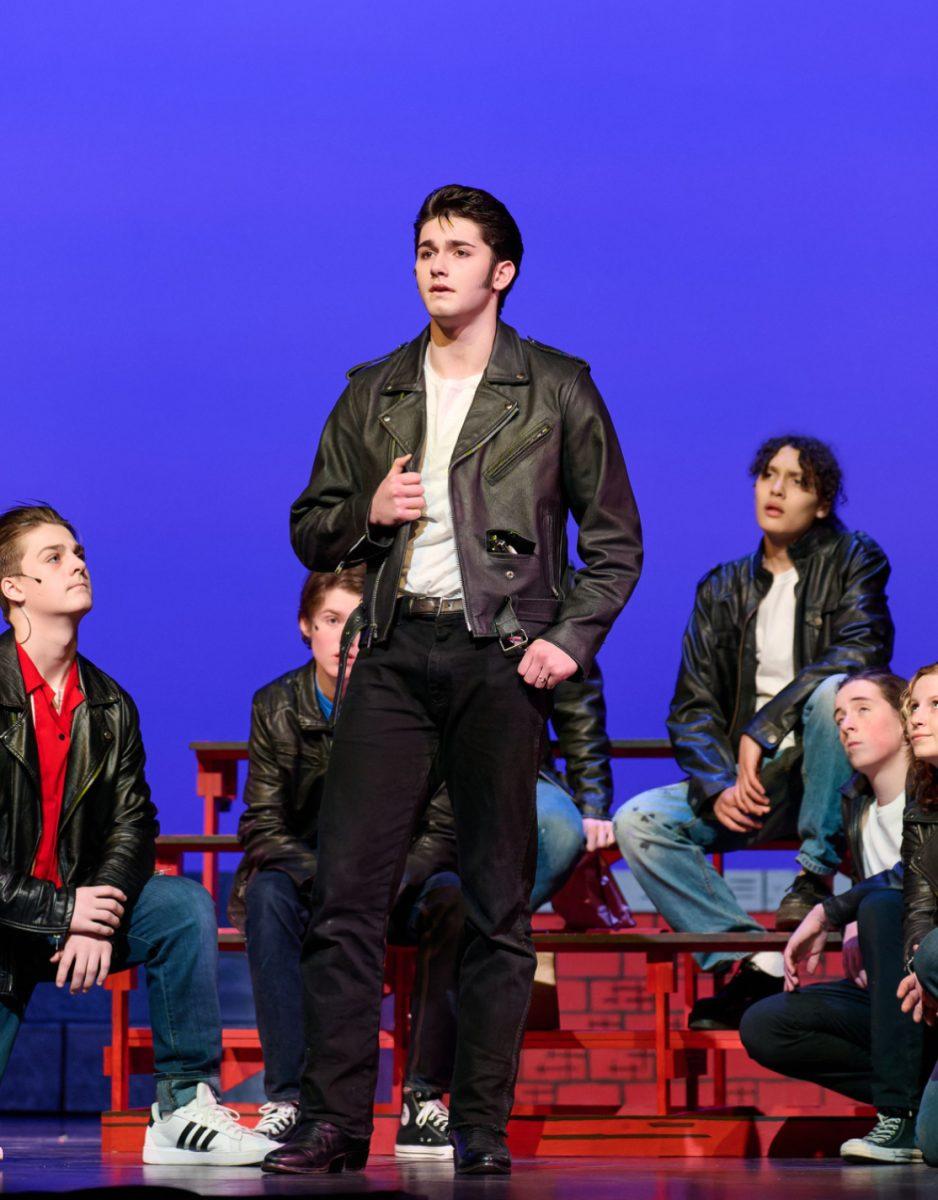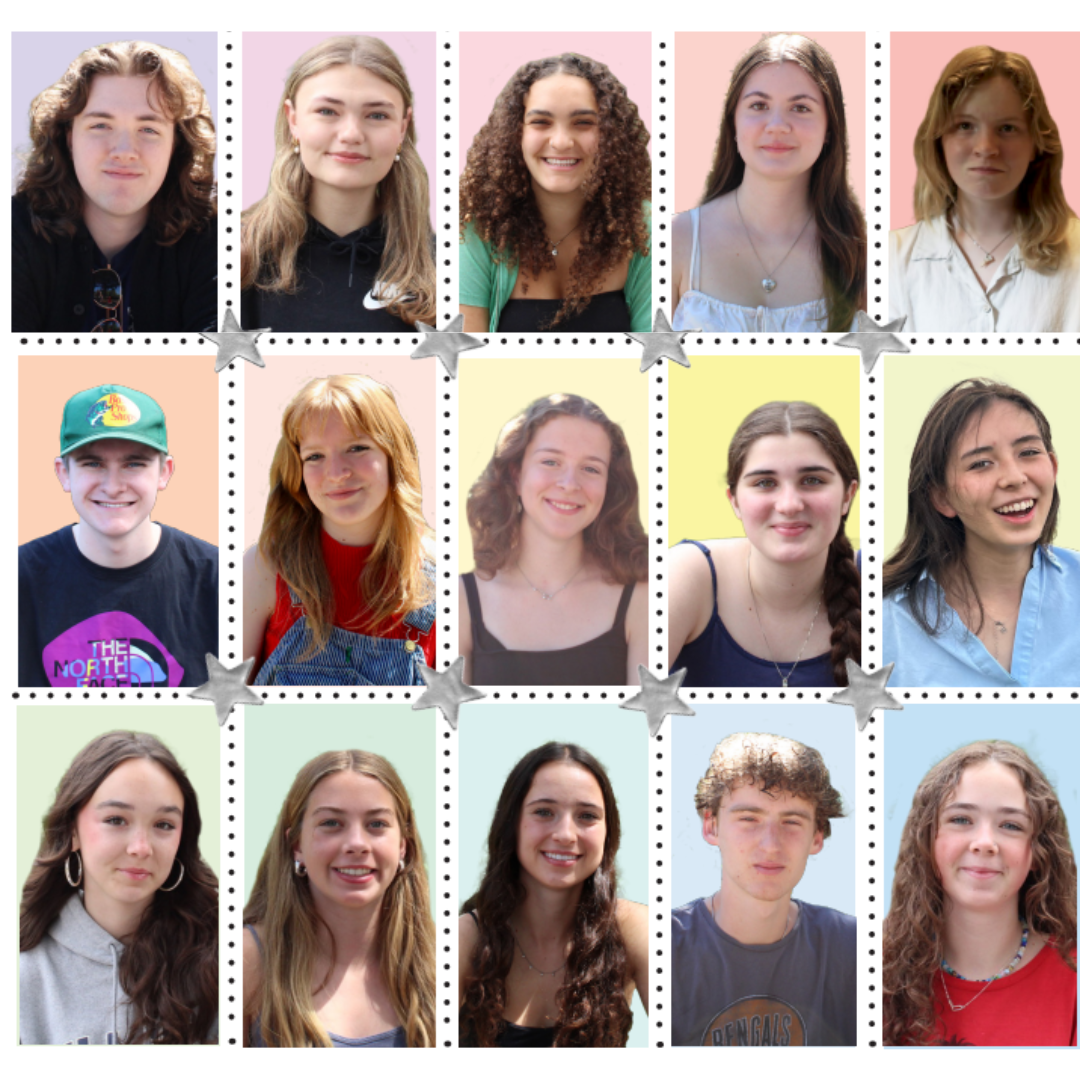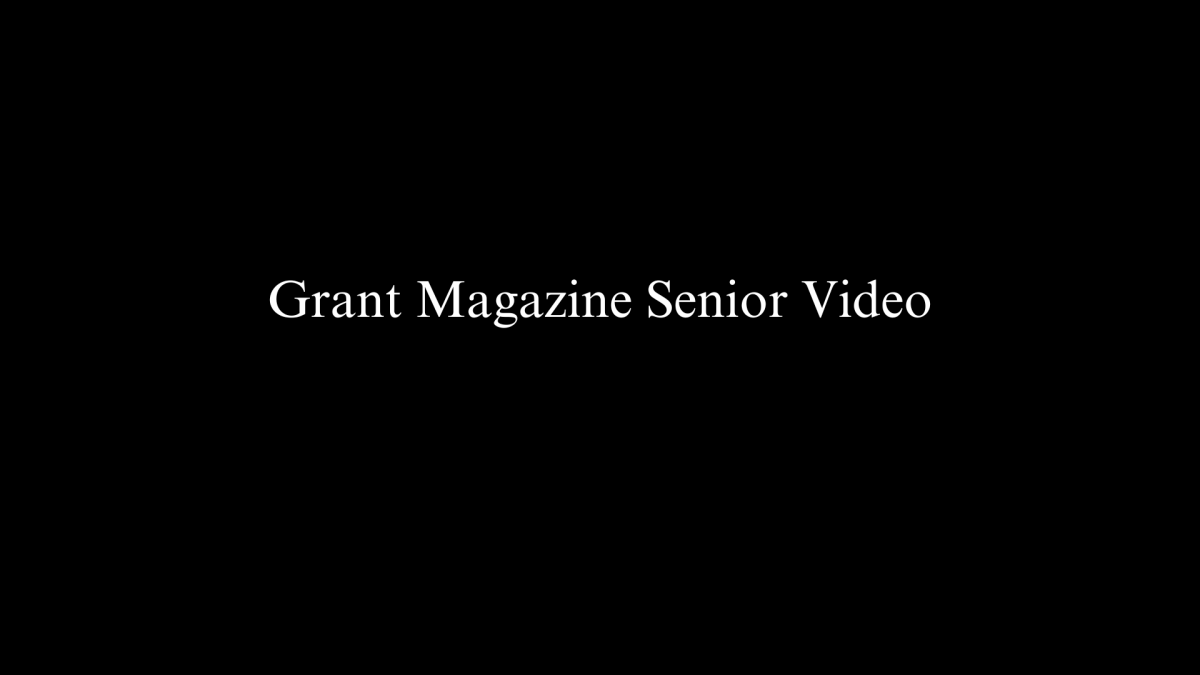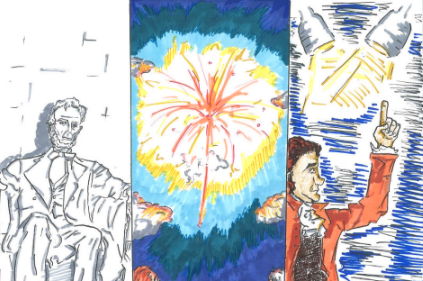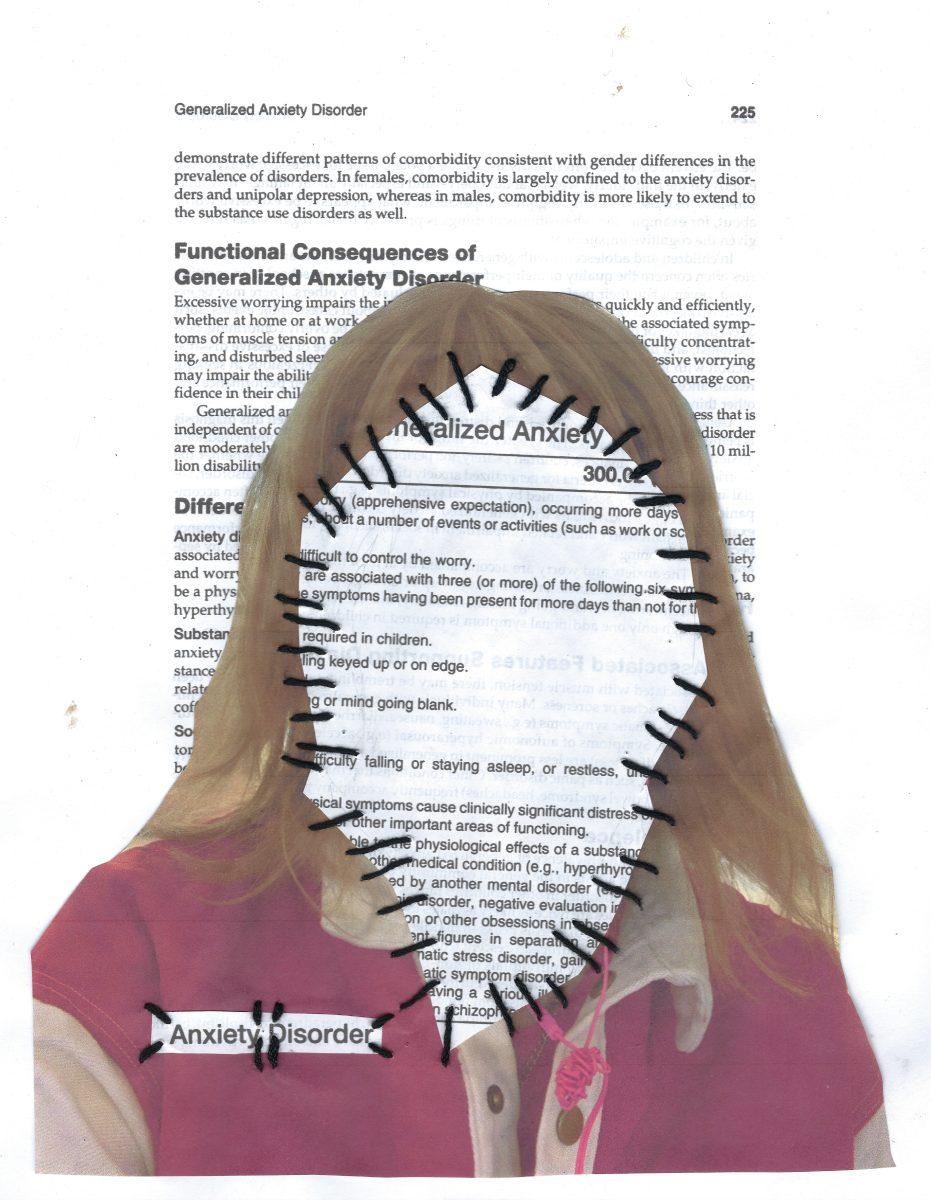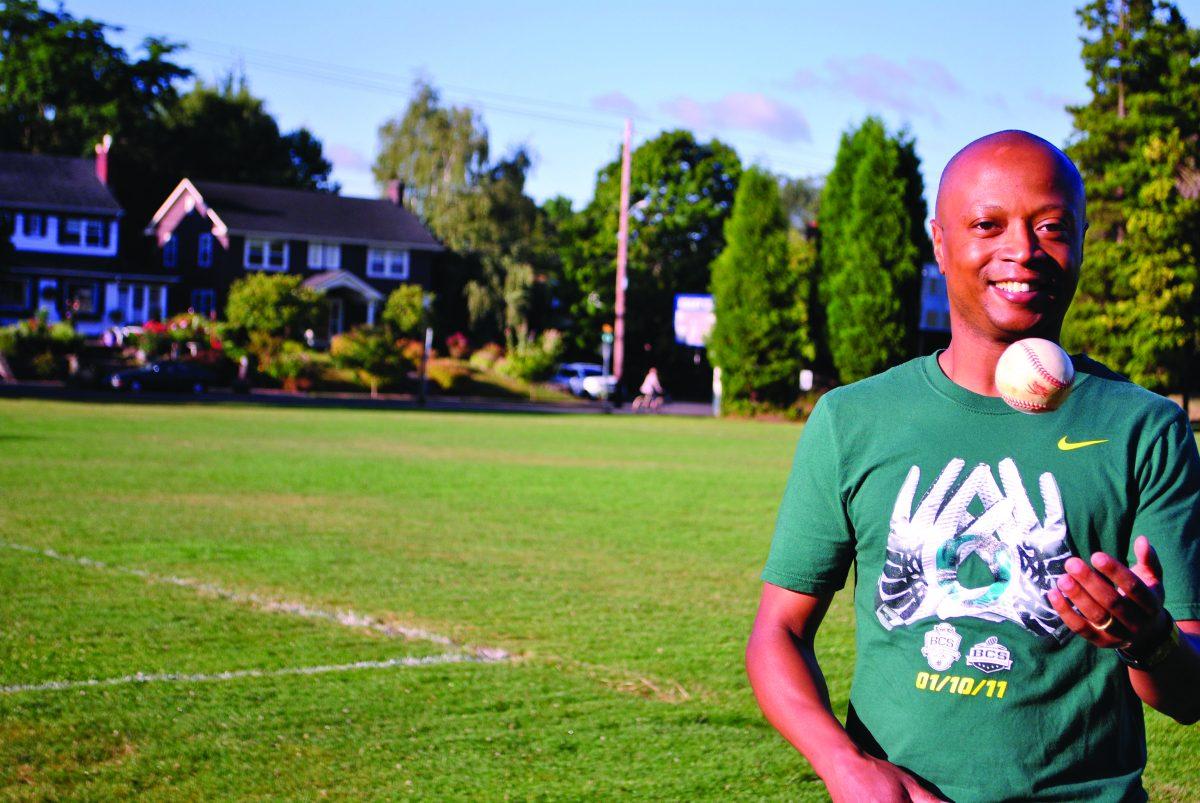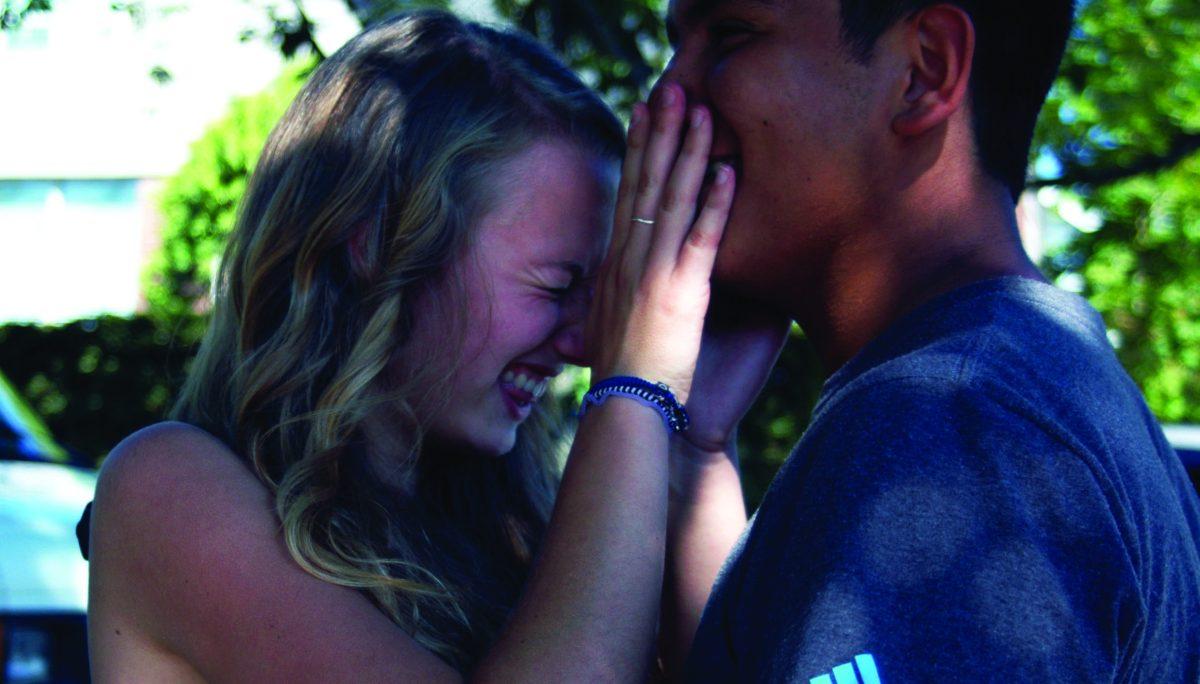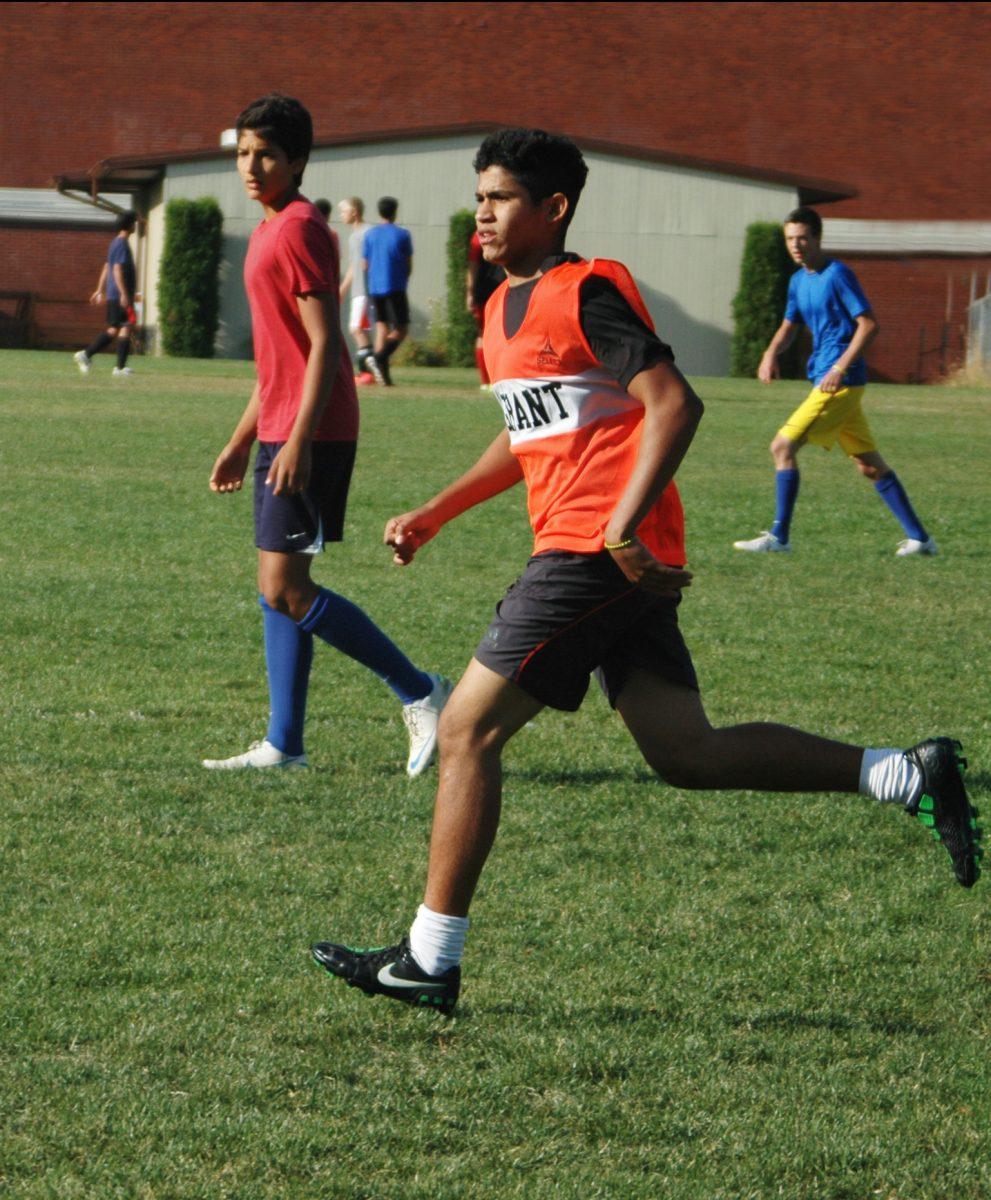By Alex Gerald and Oscar Griffin
Photos courtesy of Curtis Wilson
A few weeks ago, someone spray painted a giant silver penis on one of the brick walls of the Grant High School science building. Some people laughed, others shook their heads in disapproval. A few parents – embarrassed by the crude image – ignored it as they walked past with their kids.
The next day, taggers hit Grant again, this time on the tool shed of the new community garden. “We deal with issues pretty much on a daily basis,” says Vice Principal Curtis Wilson, who is in charge of discipline at Grant. “Most of the tagging happens at night and over the weekends in the summer.”
Go back a decade or so and the act of graffiti on a school or neighborhood storefront would draw howls of protest. Politicians talked about it in campaign speeches, residents worried openly if it signaled danger and police created a special unit to deal with the issue since graffiti often made headline news.

Today, though, graffiti on the walls of the school and around the neighborhood is seen as nothing more than a nuisance. When Grant gets hit, administrators sigh and call in a cleanup crew. Community members pass it without a second glance.
John Cartmell is a Grant neighbor whose fence gets tagged with graffiti quite frequently. But even he doesn’t pay too much attention to the markings, despite his property getting hit. “I’m annoyed, but it doesn’t, you know, devastate me,” he says.
“My garage door has been hit many times,” says Jerry Aldred, who lives nearby. But he doesn’t seem to mind it either. “Life goes on,” he says. “I have better things to worry about.”
These days, graffiti really isn’t a big deal. Grant junior Nash Casey agrees. But he also notes: “It’s not like the school has a bunch of extra money to drop on cleaning up graffiti.”
And he has a point. Every year, the Portland area spends about $5 million on graffiti cleanup. Across the nation, the figure can hit $8-12 billion annually. And because graffiti is usually on public property, taxpayer money is often used to clean it up. With shrinking budgets and less money available for schools, it comes at a heavy price.
Marcia Dennis is Portland’s graffiti abatement coordinator. For her, the issue doesn’t stop with the money. It’s a bigger problem because it affects neighborhood livability. That, she insists, has a much bigger impact on the community. “People have a right to feel safe in their own homes,” she says.
Kelly deVries is a Grant parent who moved to Portland less than two months ago from Klamath Falls. Her son, Jacob, is an incoming freshman. When first asked about graffiti in the neighborhood, she couldn’t recall seeing any at all.
But then it clicked. She remembered the markings and stickers on the back of street signs when the family first moved in. “It made me have second thoughts,” she says, adding that “when you see graffiti on stuff, in general it makes it look trashier.”
Technically, the word graffiti means any unauthorized writing or drawing that is scribbled, scratched or sprayed illicitly on a public surface.
To most people, though, the word brings to mind the elaborate colorful lettering that can be seen in alleyways and on run-down buildings in many urban areas. Graffiti in this sense has its roots as part of the hip-hop culture that emerged from the streets of the south Bronx in the 1970s, with a group of people that was largely overlooked at the time. Like the music and breakdancing that came with it, graffiti originated as a way of defying an oppressive society while also expressing the artistic talent of the streets.
But hip hop resonated with more than just poor black people in New York City. Young people all across the country were attracted to the defiant nature and self-expression of the movement. It spread to nearly every urban and suburban area in the United States, including Portland.
But in the 1980s, the street gang culture that started in Los Angeles made its way up Interstate 5 to Oregon and Washington, bringing a new kind of graffiti – gang tagging. As rivals marked their territories with bright-colored paint, residents began to worry about other, more serious crimes taking place. Gang tagging can be found mostly in east Multnomah County today, making up about 10 percent of the graffiti in the Portland area. The other 90 percent is, for the most part, done by independent taggers who have a pseudonym that they put up as much as they can to gain respect from within the culture.

Officer Matt Miller is part of a special graffiti unit of the Portland Police Bureau and has dealt with hundreds of taggers, from teen-age vandals to big-time graffiti artists. “It’s very black and white for all of us,” he says, referring to police officers and other government workers. “It’s a crime. Period. End of story.”
While many Graffiti supporters and taggers themselves will tell you that it’s all about the art, a different story can be found if you dig a little deeper. “You actually get them alone and talk to them one on one, they’re gonna tell you: ‘No, it’s about the fame,’” says Officer Anthony Zanetti, also with the police graffiti unit.
Marcia Dennis is a bit more skeptical of taggers’ motivation, also. She says: “They might have some artistic or creative talent, but the reason they’re doing graffiti is not because they’re frustrated artists. They’re attracted to the lifestyle, the rush they get going out and doing it. It becomes an addictive behavior.”
Grant Principal Vivian Orlen has worked as a high school administrator both at Grant and in New York City, dealing with many adolescent taggers over the years. “I’ve heard one guy after the next say: ‘I don’t really know why I do it.’ And I think that’s an honest answer,” she says.
Here at the school, most of the graffiti is done amateur taggers and teen vandals. Most of them are students. Orlen thinks graffiti is part of a larger problem at Grant, pointing out that “there’s garbage, there’s beer bottles. It’s all part of it.”
Senior Keegan Kyle has a similar outlook. “I think kids should care about the school more. Like the money, ” he says when asked about his opinion of graffiti.
If you walked around the school this summer, you might have seen the “F*** GRANT” sprayed prominently on the wall near the pool, along with dozens of other taggings around the building. Some of them were more artful than others.
Most people don’t pay attention to the graffiti, but when it appears almost every day, the cost can add up. And when money is as tight as it is, the effect is even worse.
For Mr. Wilson, it means he has his work cut out for him, documenting and tracking down the taggers. “We have a lot of artistic kids, who for some reason want to put it on the school wall,” says Wilson. “Some of the stuff is good, you know, some of it is good art. It’s just that it’s in a bad place.”




